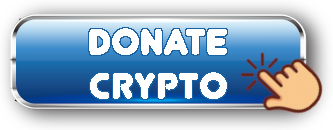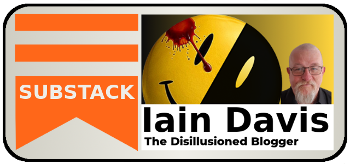Part 1: Basic Principles of The Difference Between Micro and Macro Economics.
In order to understand what’s wrong with the economy (and there’s a hell of a lot that’s wrong with it) we need to understand how the economy works.
In this three part series we’ll explore the difference between micro and macro economics in order to start building that understanding.
Microeconomics focuses upon the factors that influence the relationship between individual consumers and the businesses that supply product and or services to them. Microeconomics concerns itself with how and why consumers decide to spend their money. The driving force behind these decisions is considered to be their desire to improve their happiness or satisfaction. This is often referred to as ‘utility’ and is assumed to be a rational behaviour or rational decision making process that impacts on the wider economy.
Microeconomics also works on the principle that businesses are driven by market forces, such as the level of competition they face. More competition means more competitive pricing whereas less would allow for increased pricing. Furthermore microeconomics recognises something called the ‘opportunity costs.’ This refers to the alternative cost benefit of choosing another option. It assumes this is central to how individuals (both consumers and businesses) make economic choices. In addition microeconomics looks at how supply and demand effects markets and competition within markets to possibly produce ‘market failure.’

Macroeconomic, on the other hand, is about the study of the wider economy. It’s main aim is to try to predict future economic conditions, through macroeconomic analysis, so that businesses, governments and investors can make informed economic decisions. For example individual consumers (you and I) may like to know what employment conditions will be like next year. Similarly businesses may want to know if demand for their products is going to increase or decrease in the future. Governments turn to macroeconomics to help them calculate projected tax revenue, interest rates or inflation which, in turn, will influence their economic policy.
Macroeconomics, as you may imagine, builds upon the analysis of a huge array of contributory factors. For example it could include the possible outcome of elections and their effect on economic policy, the use of instruments like quantitative easing, future commodity prices and the economic effect of conflict or natural disasters and so on. However, very broadly speaking, macroeconomic analysis is primarily concerned with economic output (GDP), unemployment rates and inflation.
However, whilst there is a difference between micro and macro economics, they are interdependent and share many common influences. For example inflation (which is central to macroeconomic analysis) effects the cost of buying resources. This cost impacts upon the price that a business sets for its goods (part of micro-economic analysis.) In fact both micro and macro economics are assumed to be effected by supply and demand and coexist within current, dominant economic theory.
The supply relates to the availability of resources, goods and services in the economy and the demand is the consumers likelihood of buying that product or service. Businesses always strive to match supply to demand. That is, they attempt to meet demand without creating too great a supply.
Thinks of it like this: If 5 people want one banana each and I have 5 bananas to sell then there are only just enough bananas for everyone that wants one (sometimes called exclusivity.) Supply meets demand.
When supply meets, but does not exceed demand, I can charge a healthy price for each banana because I know that the consumers choice is limited. It is not in my interests to grow more bananas because that would increase supply (in which case the consumer isn’t concerned if someone else buys a banana because there are plenty to go round.) Consequently I would probably need to reduce the price of each banana but would also have spent more (increased my costs) by growing the unwanted bananas (more fertilizer, more land, more wages for growers.) This would be a micro-economic analysis of supply and demand.
However, let’s say I found out that 5 more people were going to want bananas because 5 new jobs had been created at the local car plant. 10 people would want a banana but I’d only have 5 to sell, demand would outstrip supply (sometimes called ‘scarcity’.) Initially this might work out well for me because I could charge more for my banana but others would soon notice that there is a gap in the market and start growing bananas themselves. This would increase the supply dramatically and I may have to reduce the price I charge for bananas in order to compete. The money I could earn (my revenue) would decrease.
However a macroeconomic analysis of the supply and demand of bananas could have encouraged me to invest in increasing my banana production to reflect the greater demand created by higher employment. By doubling my banana production I would be able to meet supply with the demand. I would be able to maintain the price of each banana and not allow any gap in the market to appear for others to exploit. I would both increase my revenue and maintain my market share.
In Part 2 we’ll look at the difference between micro and macro economics in more detail.





Be the first to comment on "Difference Between Micro And Macro Economics – Part 1"